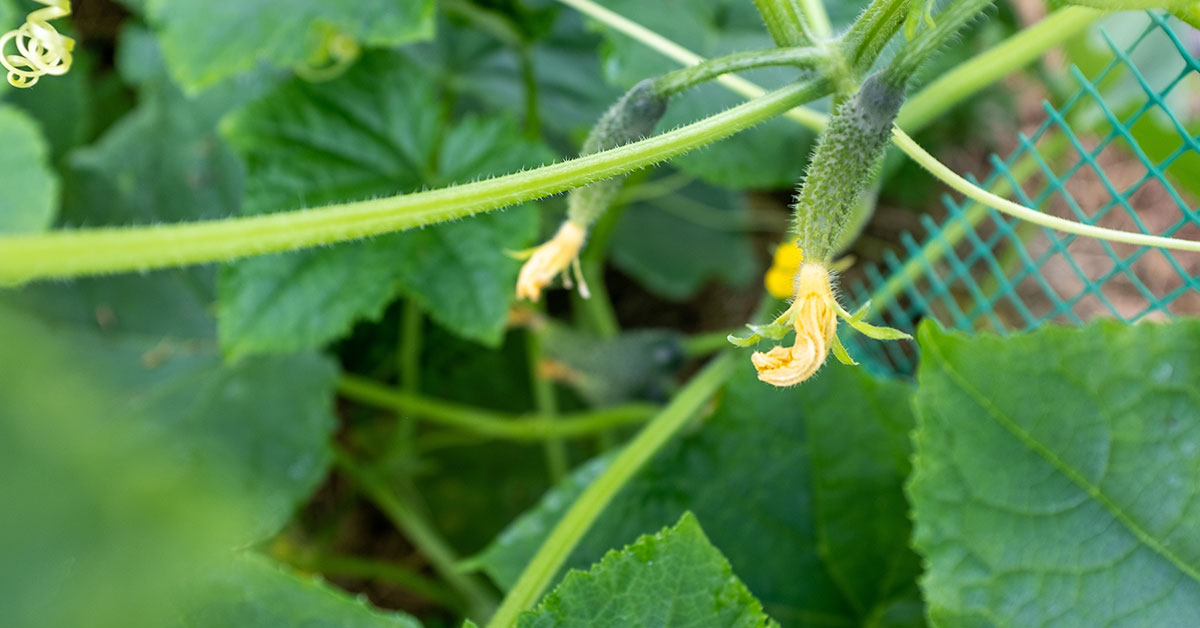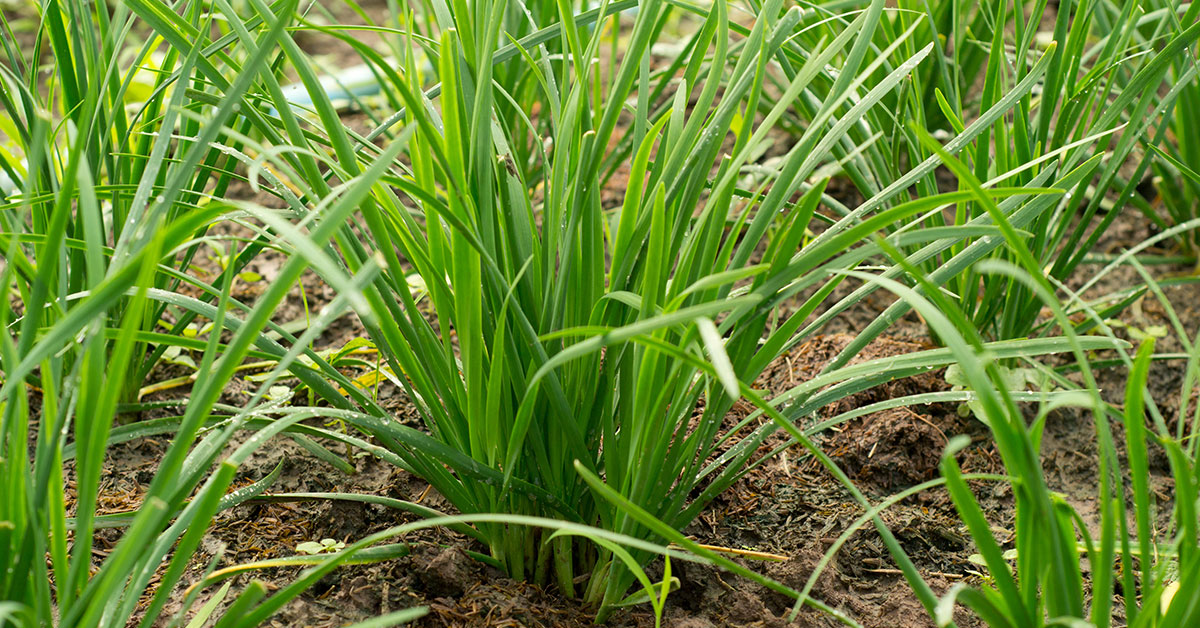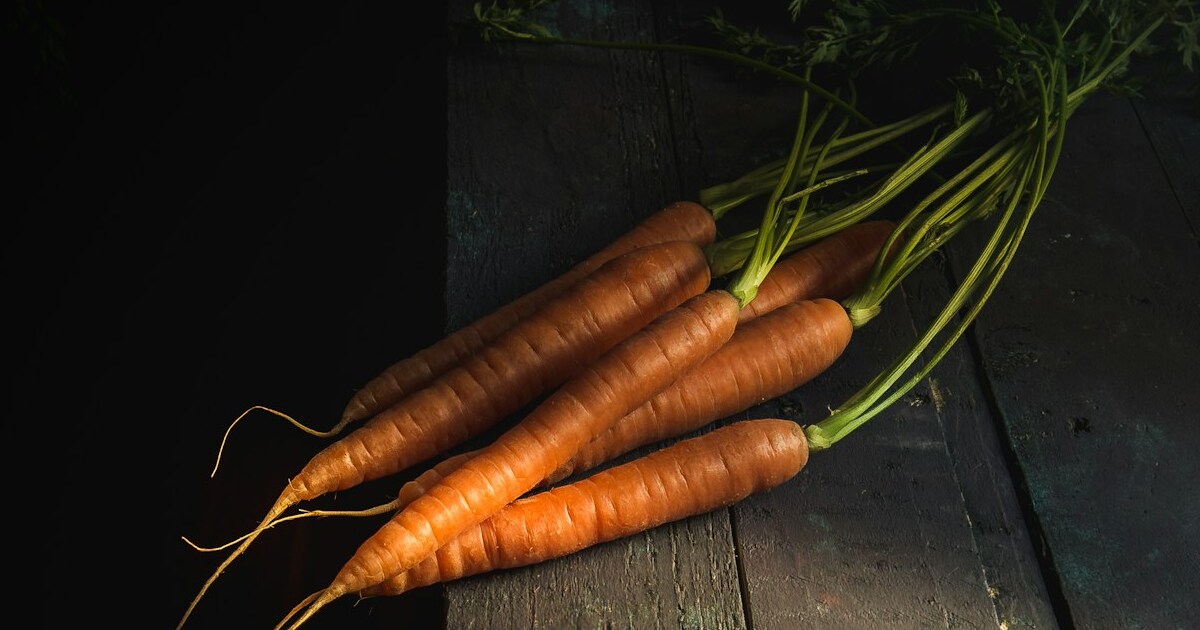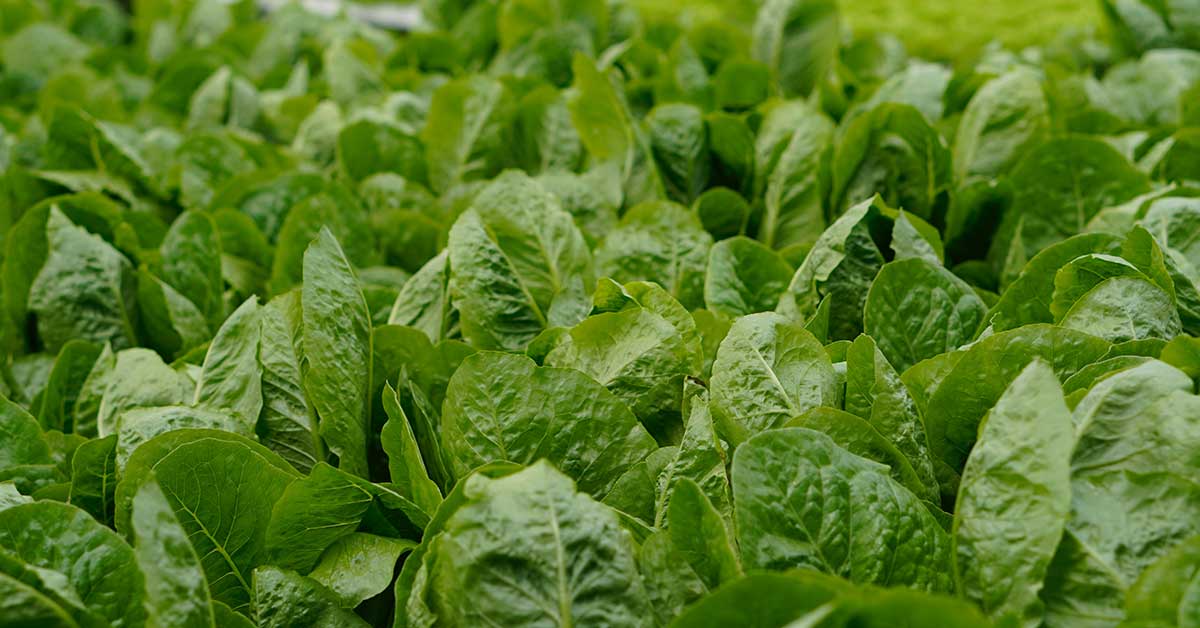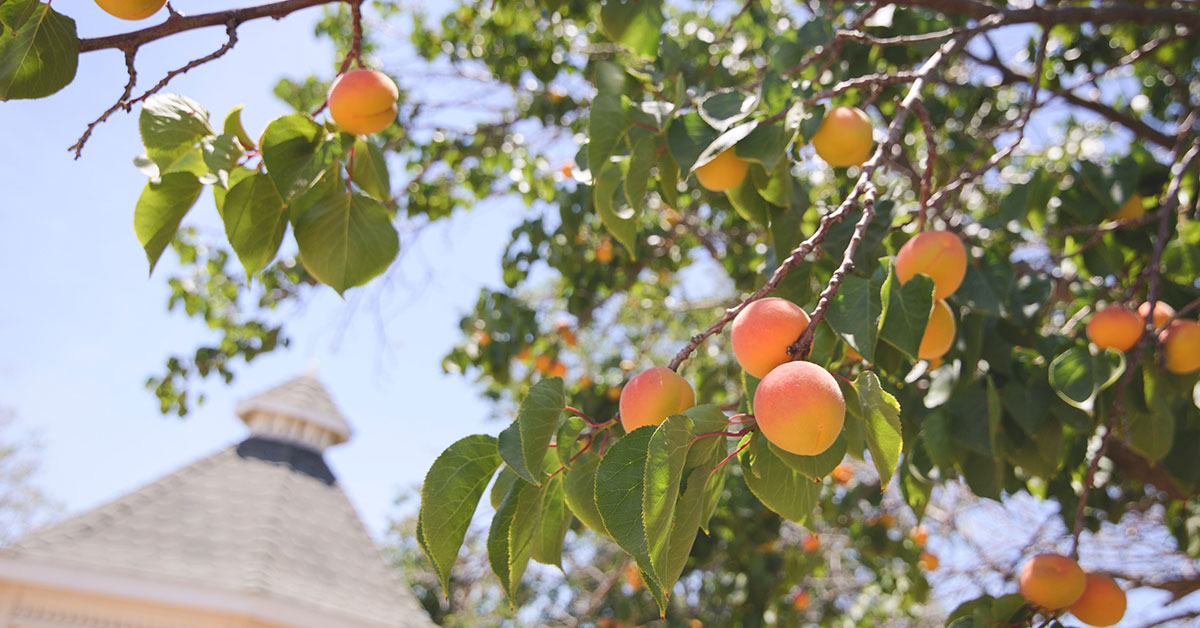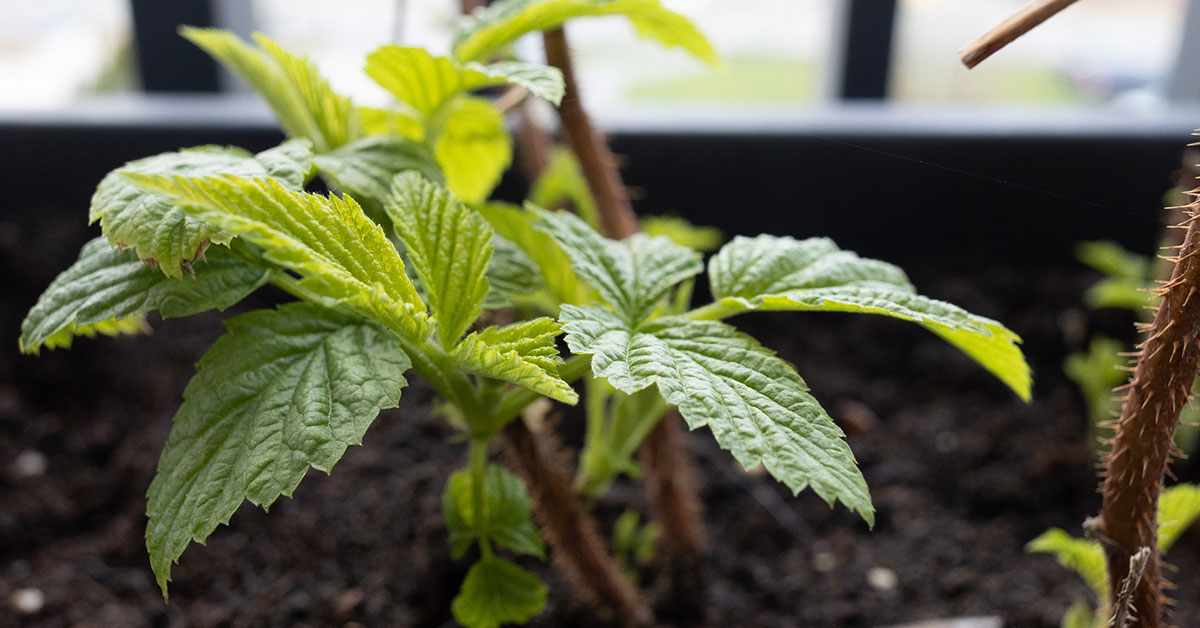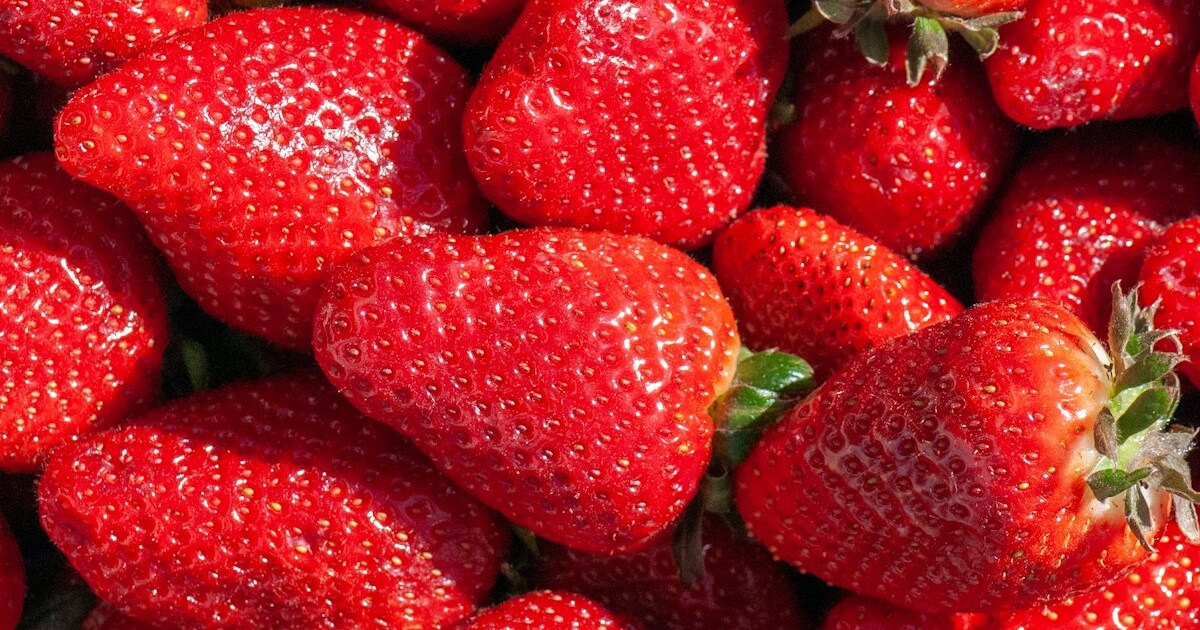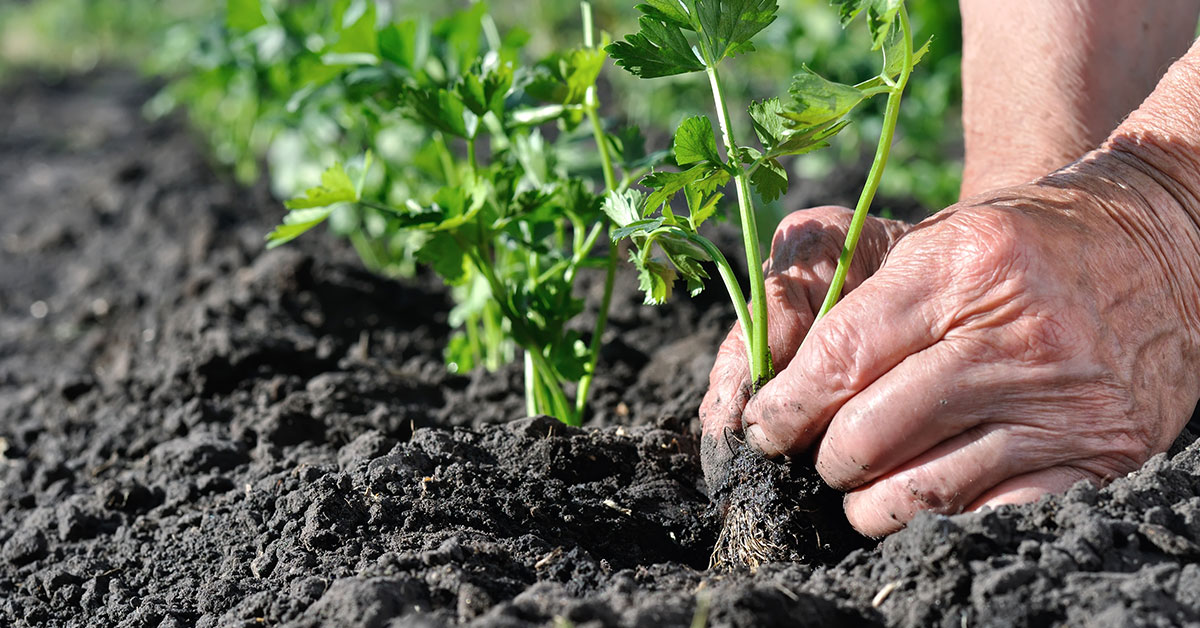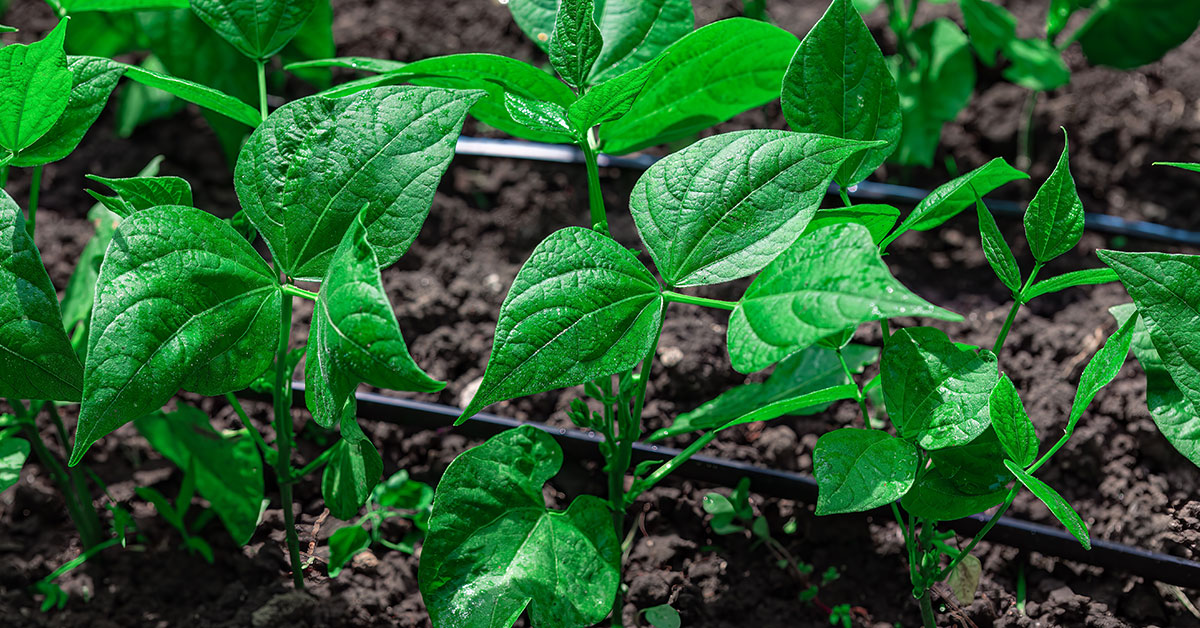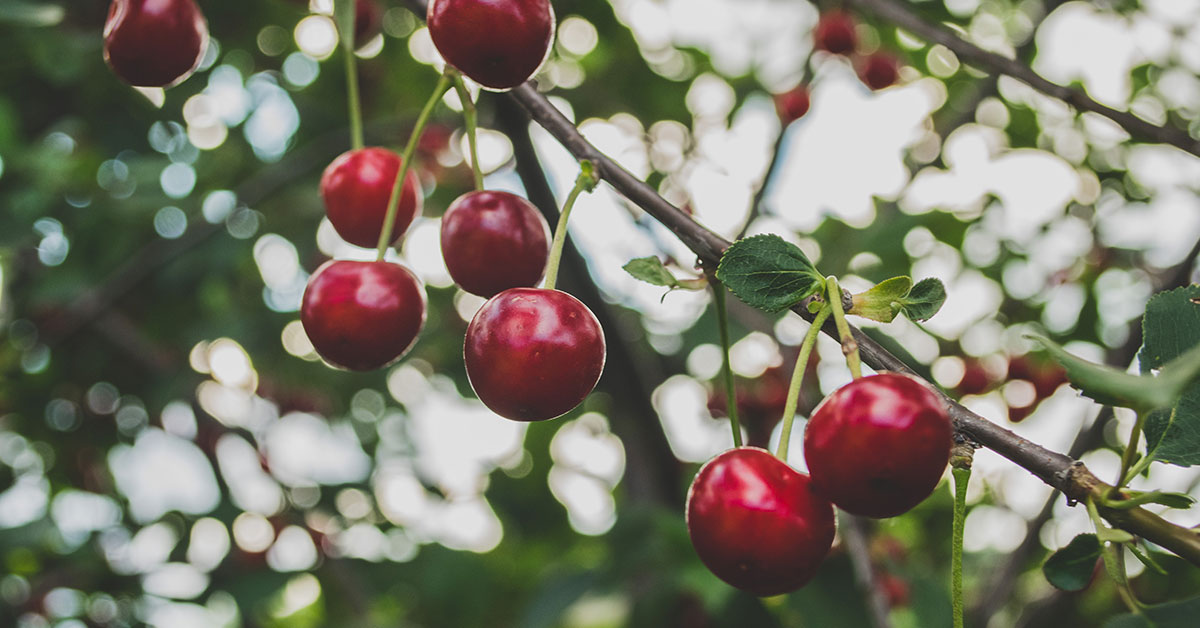English cucumbers, famed for their long, slender shape, small seeds, and refreshing taste, are a popular choice for gardeners and consumers alike. Whether you are an experienced gardener or a novice, growing English cucumbers is a rewarding endeavor that offers the opportunity to enjoy fresh, crunchy cucumbers straight from your garden. This article will guide you through the entire process, from understanding what an English cucumber is, through the cultivation process, to harvesting and storage.
What is an English Cucumber?
An English cucumber, also known as a European cucumber or seedless cucumber, is a variety of cucumber that is typically longer, thinner, and less seedy than its American counterpart. Unlike standard cucumbers, English cucumbers are usually grown in greenhouses, which is why they are also often referred to as “hothouse” cucumbers.
One distinguishing feature of English cucumbers is their skin: it’s thinner and less bitter than that of regular cucumbers, meaning they don’t require peeling. The small and fewer seeds within an English cucumber contribute to a more pleasant texture, making this variety a favored addition to salads and sandwiches.
Taste and Nutritional Value
English cucumbers are famous for their fresh, mildly sweet flavor. The thin skin is less bitter than that of other varieties, resulting in a more delicate taste overall. The crisp and watery flesh of the English cucumber makes it an ideal refreshing snack, especially during hot summer months.
As for their nutritional value, an entire unpeeled, raw English cucumber (approximately 301g) contains about 45 calories, according to the USDA National Nutrient Database. These cucumbers are also a good source of vitamin K, vitamin C, potassium, and have a high water content, making them a hydrating and low-calorie choice for healthy diets.
Starting English Cucumbers from Seeds
Starting English Cucumbers from seed is very easy and a great way to save a little money on your garden. Here’s a brief guide on starting these cucumbers from seed:
- Timing: Start cucumber seeds indoors about 2-4 weeks before your last spring frost date, or sow them directly outdoors when the soil temperature consistently reaches 70°F.
- Planting: Plant seeds 1 inch deep in individual pots filled with a seed-starting mix.
- Germination: Keep the soil consistently moist and maintain a temperature of around 70-90°F for optimal germination. Seeds should sprout in 3-10 days.
- Transplanting: If started indoors, wait until the danger of frost has passed before transplanting seedlings outside. Harden them off gradually to adjust to outdoor conditions.
Growing and Caring for English Cucumbers
Sunlight and Soil: Cucumbers need a sunny location (at least 6-8 hours of sunlight per day) and well-draining soil rich in organic matter. A pH between 6.0 and 7.0 is ideal.
Spacing: Plant English cucumbers about 36 inches apart to give them ample room to grow. If you’re using a trellis, which is recommended for this climbing variety, you can space them closer together, about 18 inches apart.
Watering: Keep the soil consistently moist but not waterlogged. Drip irrigation or a soaker hose can be beneficial in delivering water directly to the roots and keeping foliage dry, which can help prevent disease.
Fertilizing: Use a balanced vegetable fertilizer at planting time and again when the plants start to vine to provide necessary nutrients.
Mulching: Mulch helps retain moisture, suppress weeds, and regulate soil temperature.
Common Problems
When growing English cucumbers (Cucumis sativus), there are a few common problems that you may encounter. Here are some potential issues and their solutions:
- Powdery Mildew: Powdery mildew is a fungal disease that often affects cucumber plants, including English cucumbers. It appears as a white, powdery growth on the leaves, which can eventually cause them to yellow and die. To prevent powdery mildew, ensure proper air circulation around the plants by spacing them adequately. Water the plants at the base to keep the foliage dry, as moisture promotes the development of powdery mildew. In severe cases, fungicides specifically formulated for powdery mildew can be used.
- Blossom End Rot: Blossom end rot is a physiological disorder characterized by a dark, sunken area at the blossom end of the fruit. It occurs due to calcium deficiency or fluctuations in soil moisture levels. Maintain consistent soil moisture by providing regular watering, as dry spells followed by excessive watering can contribute to blossom end rot. Proper soil preparation, including incorporating organic matter and maintaining appropriate nutrient levels, can also help prevent this issue.
- Cucumber Beetle Damage: Cucumber beetles are common pests that feed on cucumber leaves, flowers, and fruit, leading to damage and reduced yield. To manage cucumber beetles, regularly inspect your plants and remove any beetles by hand. You can also use row covers or insect netting to physically exclude them from your cucumber plants. In severe cases, insecticides labeled for cucumber beetles can be applied following the product instructions.
- Poor Fruit Set: Insufficient pollination can result in poor fruit set, where flowers fail to develop into fruits. This can be caused by inadequate pollinator activity, especially in indoor or protected growing environments. To enhance pollination, gently shake the plants to distribute pollen, or consider hand-pollinating the flowers using a small brush or cotton swab. Creating a pollinator-friendly garden with flowers that attract bees can also help improve fruit set.
- Improper Support and Training: English cucumbers typically benefit from vertical trellising or support to encourage proper growth and minimize the risk of fruit rotting on the ground. Failing to provide adequate support can result in tangled vines, crowded foliage, and difficulty in harvesting. Install trellises, stakes, or cages early in the growing process and train the vines to grow vertically to optimize space utilization and improve airflow.
By being aware of these common problems and taking preventive measures, you can increase the likelihood of a successful English cucumber harvest and minimize the potential impact of pests, diseases, and other issues.
Harvesting and Storage
English cucumbers are typically ready to harvest when they reach their mature size, about 12-14 inches long, and are uniformly dark green. Harvest by cutting the stem above the fruit with a sharp knife or pruners.
After harvesting, cucumbers can be stored in the refrigerator for up to a week. For longer storage, consider pickling. Avoid storing cucumbers at temperatures below 50°F for extended periods as they can suffer from “chilling injuries,” including water-soaked areas, pitting, and accelerated decay.
Growing English cucumbers is a delightful experience that provides you with a refreshing, crunchy addition to your meals. By understanding the planting, caring, and harvesting process, you can enjoy the fruits of your labor all summer long.


